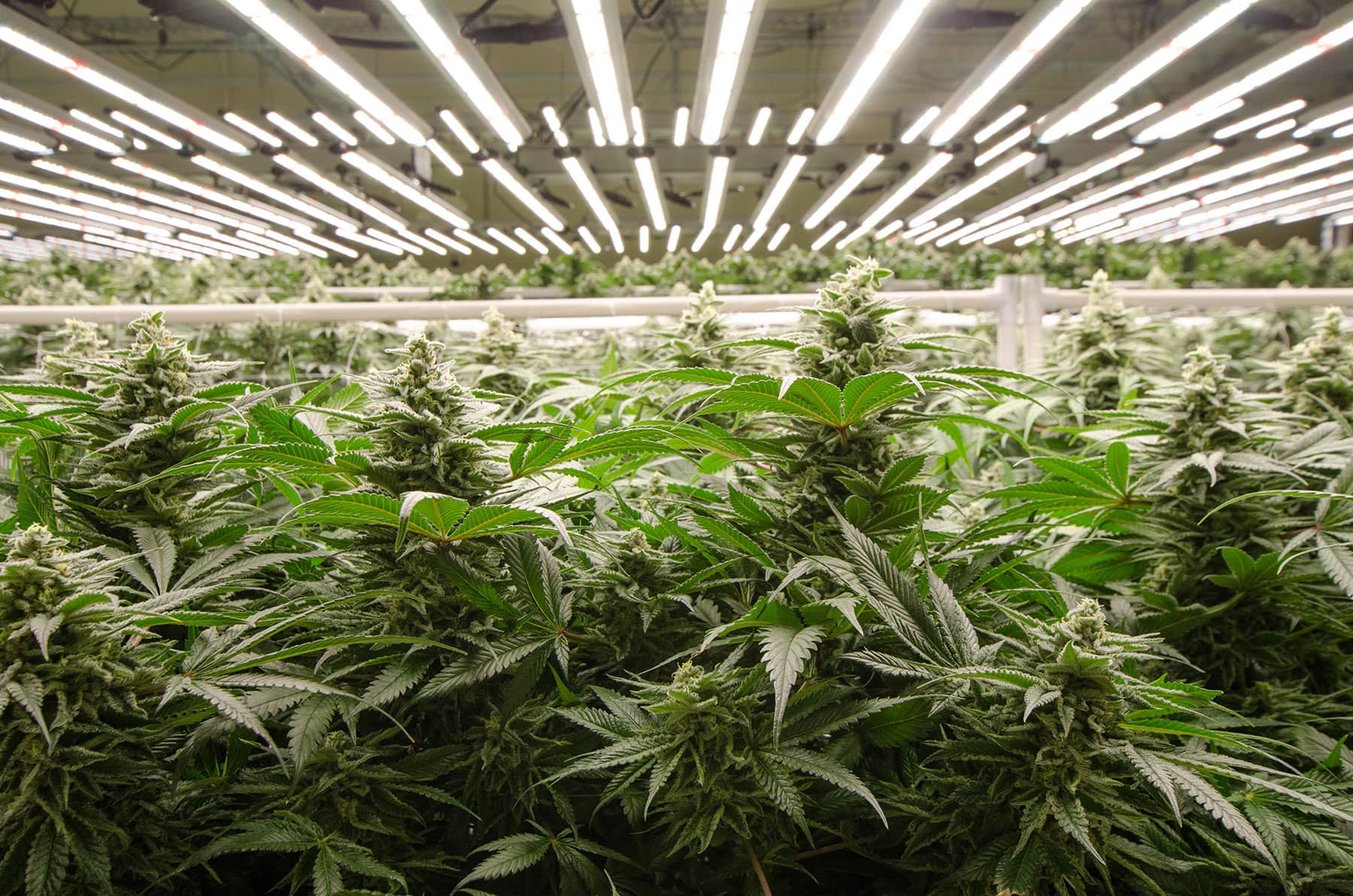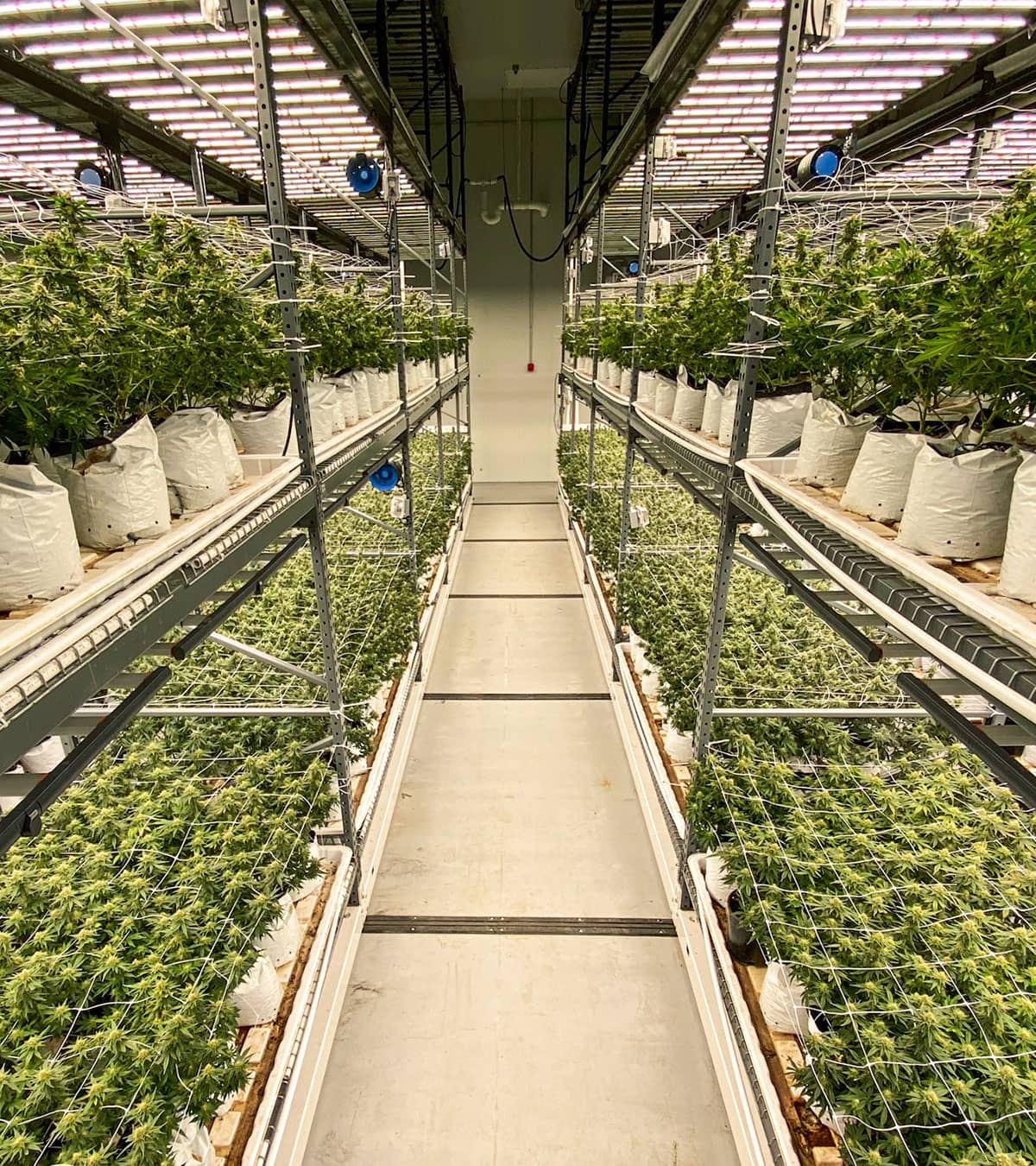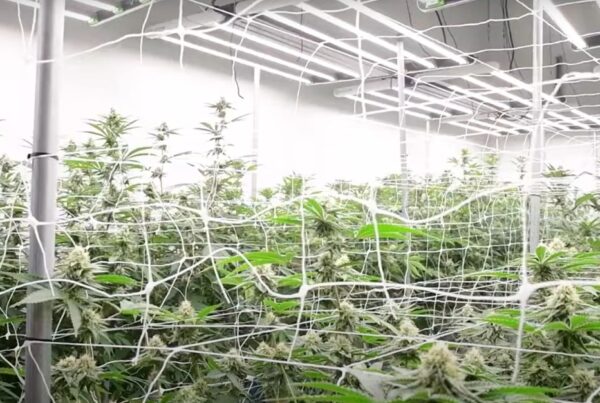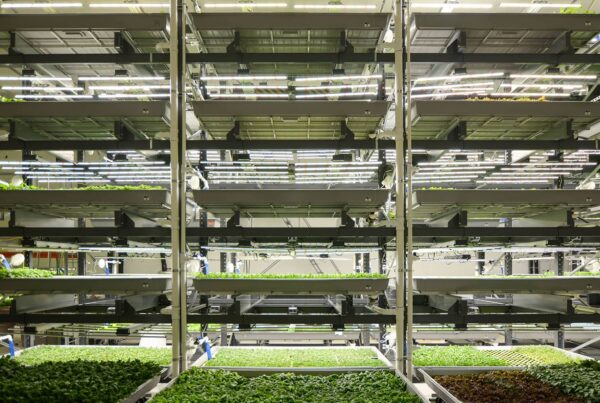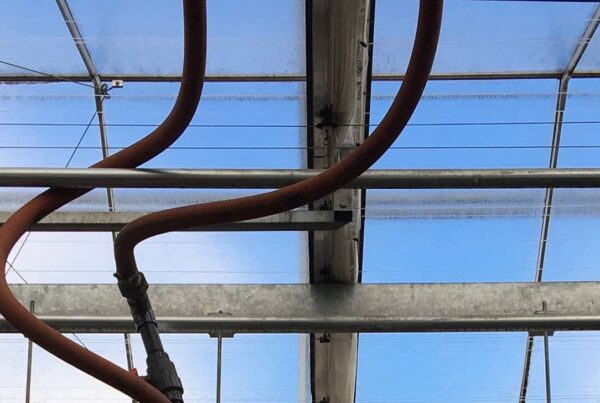“Cannabis cultivation facilities are more machine than building, and require an understanding of plant physiology, engineering, and even data science.”
That’s how Resource Innovation Institute’s Resource Efficiency Horticulturist Rob Eddy kicked off the New York State Efficient Yields webinar on “HVAC with Plant Perspective.” The event, held on December 12, 2023, showcased a panel of RII expert members from the HVAC and utilities world discussing best practices to reduce peak loads, vapor pressure deficit (VPD)-based controls, New York State-specific energy and equipment standards, and utility incentives opportunities in the Empire State, all in the hopes of helping New York State cannabis cultivators increase their plant life cycle and HVAC system optimization knowledge.
Here, we recap some of the main tips and actionable best practices these experts shared.
Takeaway 1: Dialing in VPD at specific growth stages can help maximize yield and plant health.
Optimizing a facility for crop health and production requires a deep understanding of the relationship between plant physics and the cultivation environment. Higher light, nutrient, and CO2 inputs will generally lead to higher yields (up to a certain point), with environmental temperature and relative humidity (RH) playing a major role in determining that photosynthetic potential.
“With the proper temperature and RH, you can grow Olympic-caliber plants,” said Craig Yendrek, a Senior Scientist with RII member Hawthorne. By manipulating temperature and RH, growers can influence plant transpiration rates. Slower transpiration leads to slower growth as nutrients aren’t being pulled through the plants from the soil. As room (and leaf surface) temperatures increase, the transpiration rate increases (again to a certain point). Conversely, as humidity increases, transpiration rates decrease. Dehumidification capacity should be based on expected maximum daily transpiration rates, Yendrek suggested.
VPD is the metric where temperature and RH converge. VPD is the difference between the amount of moisture in the air and how much moisture the air can hold when saturated and is measured in kilopascals (kPa). “Based on the stage that your plant is in, you may need a different VPD to maximize the growth and keep the plants at their healthiest,” Yendrek noted.
Target VPD levels can be met at various temperature and humidity rates, enabling growers to fine-tune both room temperature and RH to maximize both crop productivity and HVAC system efficiency.
Ideal VPD by growth phase
| Propagation/Early Veg | .4 – .8 kPa |
| Late Veg/Early Flower | .8 – 1.2 kPa |
| Mid/Late Flower | 1.2 – 1.6 kPa[1] |
Takeaway 2: New York State energy and systems efficiency standards offer guideposts and savings opportunities.
While many CEA growers might groan when state regulations are mentioned, these “are put there as bare minimum guidance to make sure that, as you’re putting together your facility, you don’t make really horrible mistakes,” said Dan Dettmers, regulatory technical director at RII member organization Madison Air.
By viewing regulations as a starting line rather than as hurdles to be overcome, growers can eliminate a lot of due diligence work when identifying which lighting, HVAC systems, and other mission-critical technologies to use. For example, Dettmers highlighted how New York State operations ranging from nurseries to Tier 2 cannabis cultivation licensees need lighting with a PPE of at least 1.7umol/j measured at the lamp, while Tier 3 growers and above need lighting with minimum PPE of 2.2 umol/j measured at the lamp. These standards essentially push growers to leverage LED lights or only the most efficient high-intensity discharge (HID) fixtures, which will help lower operational costs compared to legacy technologies.
Even when codes seem to ban the vast majority of HVAC systems, by carefully reading the regulations, growers can discover workarounds. For example, New York State regulations dictate that cannabis growers “use HVAC and refrigeration equipment which uses a refrigerant with a twenty-year global warming potential of 10 or less.” That is unless “the licensee has a written plan for managing refrigerant leaks and disposal that has been approved by the Office.”
Dettmers shared that in his communications with the New York State Office of Cannabis Management (OCM) “will release additional information including guidance, a refrigerant leakage management plan template and instructions for attaining approval on refrigerant leakage management plans in the future.” Based on other state and federal templates, growers can expect plans to at least include record keeping, leak rate reporting, leak repair plans, and disposal requirements.
Remember: Standards and codes are not there arbitrarily, but rather are implemented to help you build a successful operation. “This is why various states like California, Colorado, Washington, Vermont, and now New York, have come out with these standards to make sure you are getting a bare minimum amount of efficiency,” Dettmers shared. “Because in the end, why are you getting into this business? To run it as a business, to make money. Efficiency counts because the less money you’re spending on electricity, the more profit you’re going to make.”
Takeaway 3: There are ways to reduce latent and sensible loads to minimize HVAC system requirements.
HVAC systems in cannabis cultivation environments have two related tasks: remove sensible loads, and remove latent loads (both are measured in BTUs). Sensible BTUs are the temperature that we feel, while latent BTUs measure the water in the air.
Randy Lenz, senior applications engineer at RII member Anden, discussed how lighting is the largest heat source in any indoor cultivation environment. The number of lights per room and the wattage they operate on are added to the heat rejection from any standalone dehumidifiers operating in the room to calculate the total sensible BTU load. LEDs reduce the heat load that goes into the room, Lenz noted, meaning rooms can run both hotter and require fewer HVAC resources to keep at those targets compared to facilities operating with HID lights.
“Without any downward facing heat … not only do we get [a smaller] electrical bill because we don’t have as many BTUs from the lights going into the space, we can also run our rooms at a warmer temperature. With LEDs, you typically are running your rooms 5-10 degrees warmer than [with] an old HPS style light.” A rule of thumb when sizing HVAC systems is growers will need approximately 0.5-0.7 tons of HVAC capacity per HPS light (~1,000W/fixture) and between 0.3-0.6 tons per LED light (~650W/fixture).
Latent loads are determined by the number of plants per room and water feeding rates (frequency and duration). Latent loads can be reduced by implementing some facility maintenance best practices, including pitching tables to prevent stagnant water from accumulating (which also will prevent mold and mildew growth on cultivation tables, and rapidly addressing any dripping components from either the fertigation or HVAC system to keep floors dry. (It’s important to note when determining latent loads from water feeding rates that runoff needs to be removed from the calculation.)
Lenz also stressed having proper airflow, especially in vertical farms, to reduce microclimate prevalence and increase environmental uniformity. “Without air movement, the air around the plant almost [becomes] a glove. It doesn’t allow the temperature to get away as well, it doesn’t allow the cooling to get in, humidity can stack up there, and CO2 starvation [can occur]. So you really want to have very good air movement in a grow,” he said.
Takeaway 4: Get engaged with utilities as soon as possible to maximize incentives and savings.
Jay Snyder, lead energy consultant at RII member National Grid, closed out the panel with an overview of utility incentive programs available to New York State cannabis growers (and in other states where National Grid operates). While each utility and state may have its own programs, one critical thread runs through them all: “It’s very important when [growers] begin the process to get involved [with the utility] in case that we can pay for some of the engineering costs… Before any money is spent, you have to have that grant application opened,” he said.
National Grid has more than 20 different grants available to help cannabis and CEA growers from design to operational costs: the Brownfield redevelopment grant, 3-phase power extension grants, renewable energy grants, and electrical capital investment grants, among others.
Energy efficiency programs are available for lighting and controls, HVAC, dehumidification, fans, refrigeration, and more. “Many times, we have programs available to help out with incentivizing the better piece of equipment. There are building codes or energy codes involved with New York State, and what National Grid tries to do is in cases where there is a code minimum [is] to cover 100% of the incremental cost between that baseline item and the better item,” Snyder said. In the case of a grower deciding between a 1,000-watt HID light that costs $100/fixture and a 650-watt LED that has the same light efficiency that costs $250/fixture, National Grid could cover the $150 difference. “Out of your pocket, you’re paying for the inefficient item, but in reality, you are getting the better item.”
National Grid also may be able to offer similar incentives for systems that don’t have established codes by comparing less efficient and more cost-effective technologies against higher efficiency systems available on the market. When shopping, Snyder advises that growers “always look at a few different models … and we’ll want to compare that to something a little more efficient.”
For more HVAC tips, standards insights, and best practices targeted to New York State cannabis cultivators but relevant to all CEA operations, make sure to click on the following link to watch a full, unedited session recording.
Today’s Experts

Rob Eddy

Dan Dettmers
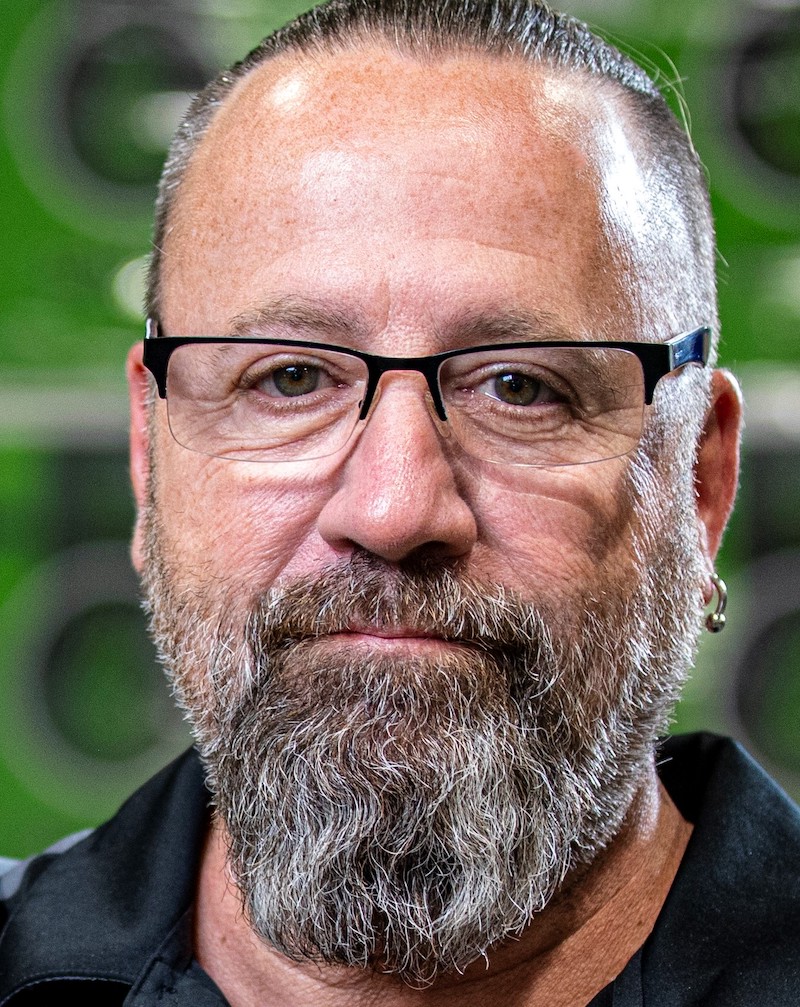
Randy Lenz

Craig Yendrek



